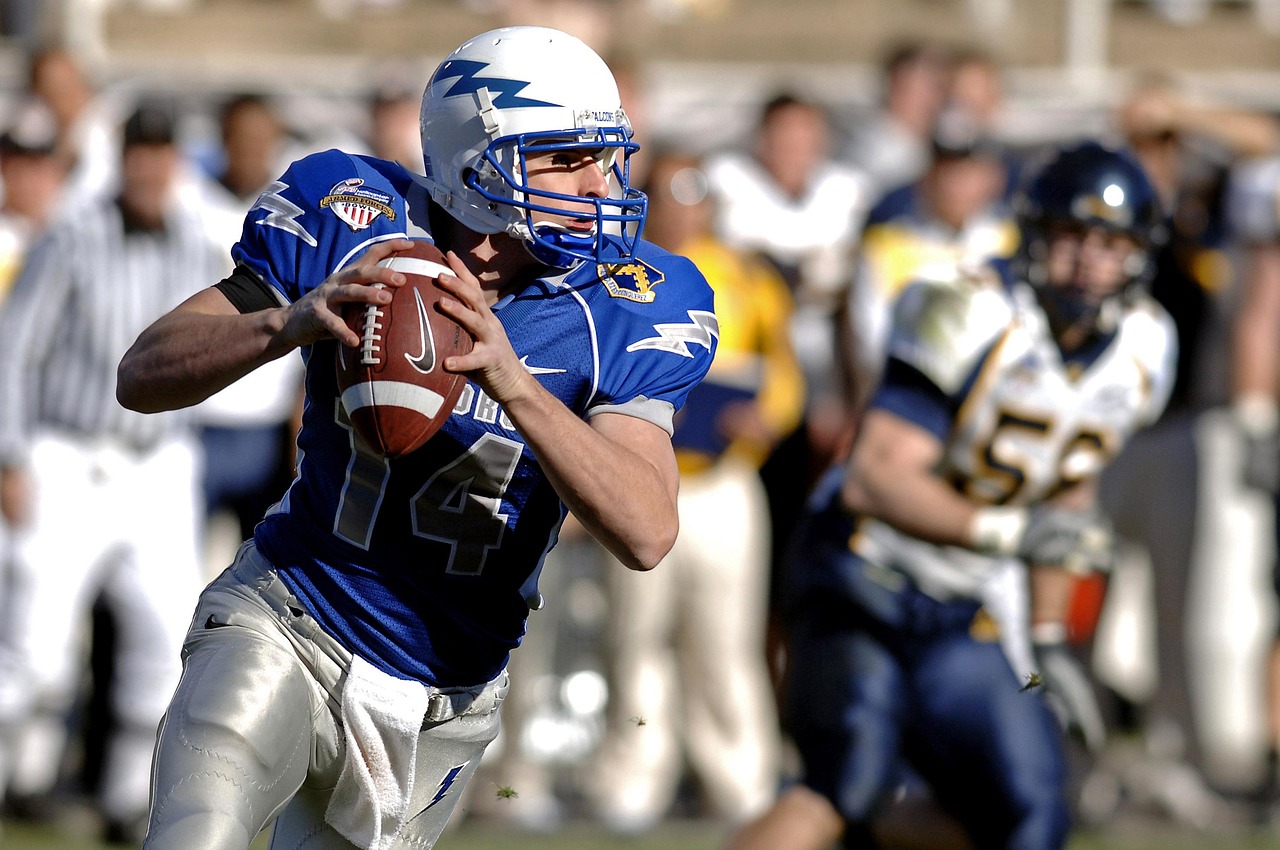Breaking Down Quarterback Techniques in American Football
American football, an adrenaline-fueled spectacle, has captivated audiences worldwide with its complex strategies, fierce rivalry, and dynamic plays. At the heart of this sport lies the quarterback, a player whose skills and techniques can often make or break a game. This article will delve into the art of quarterbacking, emphasizing the technicalities, evolution, and current trends in this pivotal role.

The Quarterback: A Historical Overview
The quarterback, often considered the team’s leader, has a rich history rooted in the early days of American football. In the late 19th century, the quarterback’s role was primarily to handle the ball and direct plays. However, as the sport evolved, so did the quarterback’s responsibilities. The forward pass, introduced in 1906, dramatically changed the quarterback’s role, requiring not only physical prowess but also strategic acumen and leadership skills.
Current Techniques: A Blend of Skill and Strategy
Modern quarterbacks must master a blend of skills and strategies, from accurate passing and nimble footwork to astute decision-making and effective communication. Quarterbacks now need to read defenses, adjust plays, and execute passes with precision. Additionally, quarterbacks are increasingly expected to contribute to rushing yards, making agility and speed vital assets.
The Science Behind the Throw
The quarterback’s throw is a combination of strength, precision, and timing. Research has shown that a quarterback’s throwing motion involves a complex sequence of movements, from the initial step to the final throw. Biomechanical studies have also revealed that the most effective throws involve a specific sequence of body rotations, starting with the hips and followed by the torso, arm, and finally, the wrist.
Training Methods: Building the Perfect Quarterback
Training a quarterback is a challenging task, requiring a combination of physical conditioning, technical training, and mental preparation. Coaches often focus on improving a quarterback’s strength, agility, and throwing technique. However, mental training is equally crucial, with quarterbacks needing to develop their decision-making skills, leadership qualities, and ability to handle pressure.
The Future of Quarterbacking: Trends and Predictions
The role of the quarterback in American football continues to evolve, with recent trends emphasizing mobility and versatility. The rise of dual-threat quarterbacks, who can both throw and run effectively, has redefined the position, demanding a broader skill set from prospective quarterbacks.
In conclusion, the role of the quarterback in American football is an intricate blend of skill, strategy, and leadership. As the sport continues to evolve, so too will the techniques, training methods, and expectations surrounding this pivotal position. Through understanding the history and current trends of quarterbacking, we can appreciate the depth of this role and anticipate its future trajectory.




